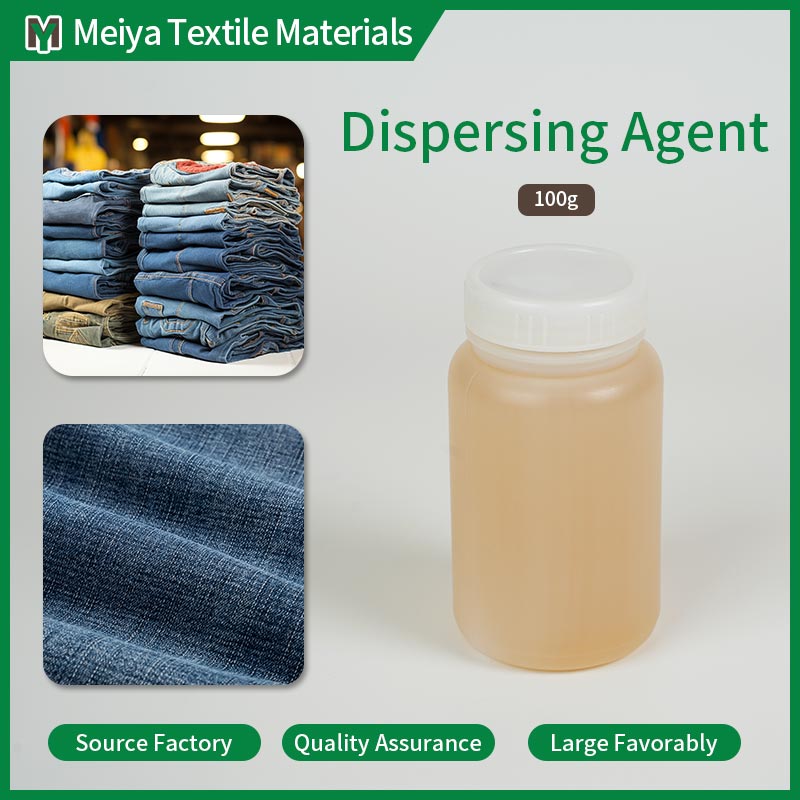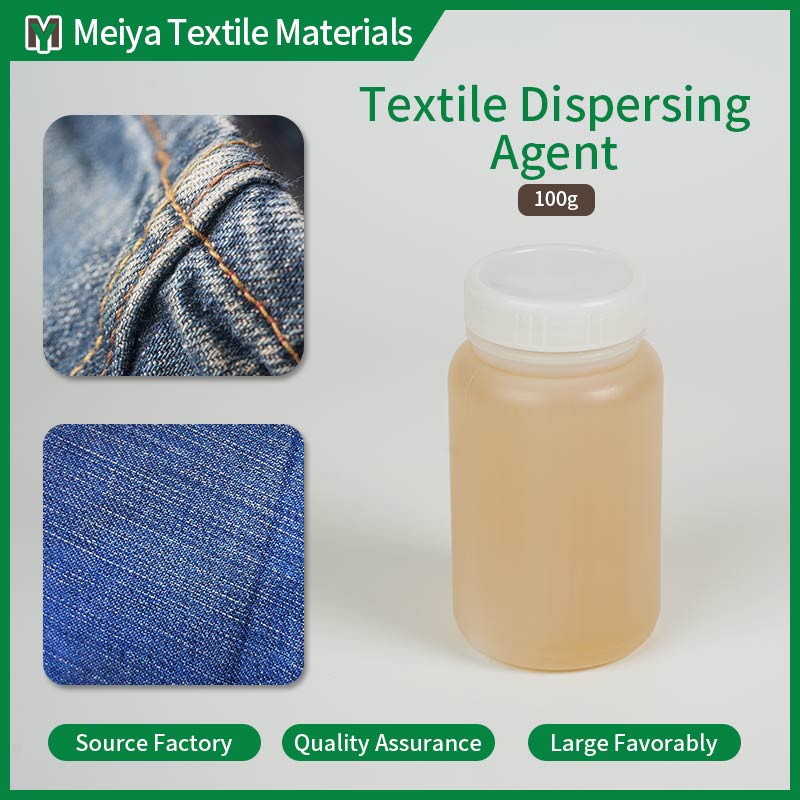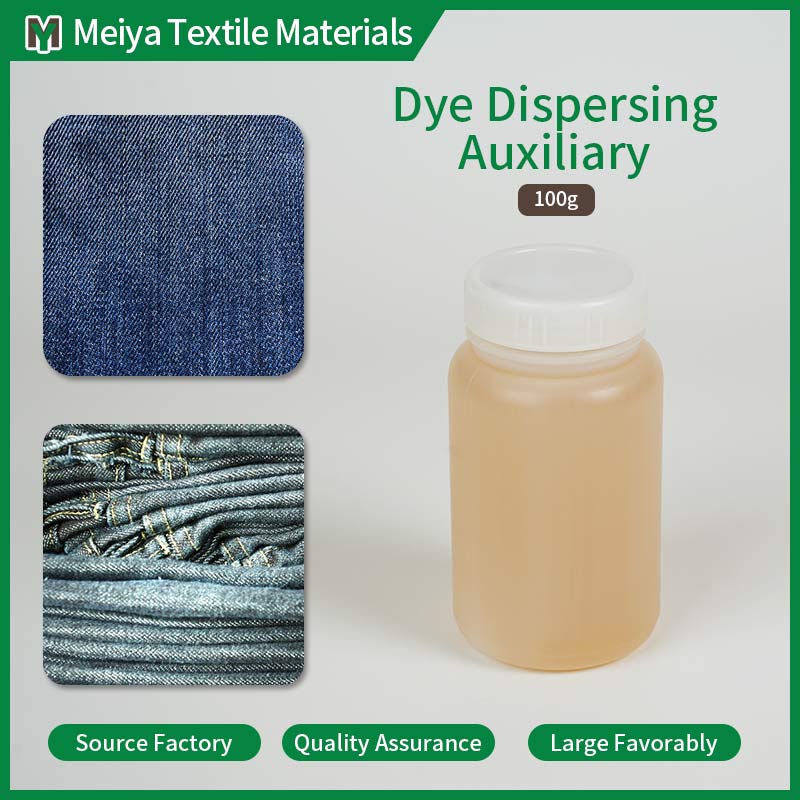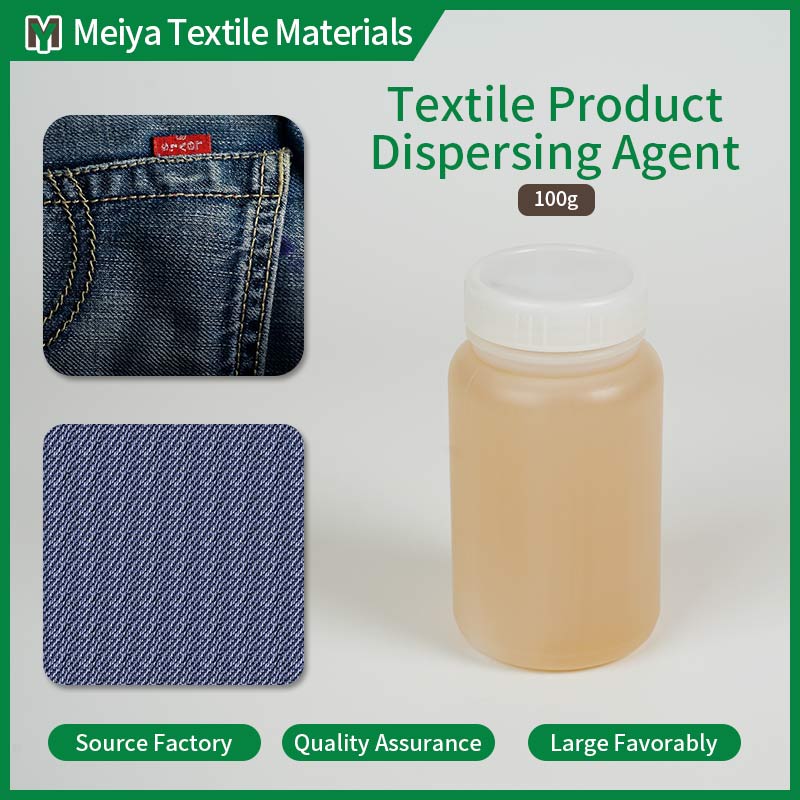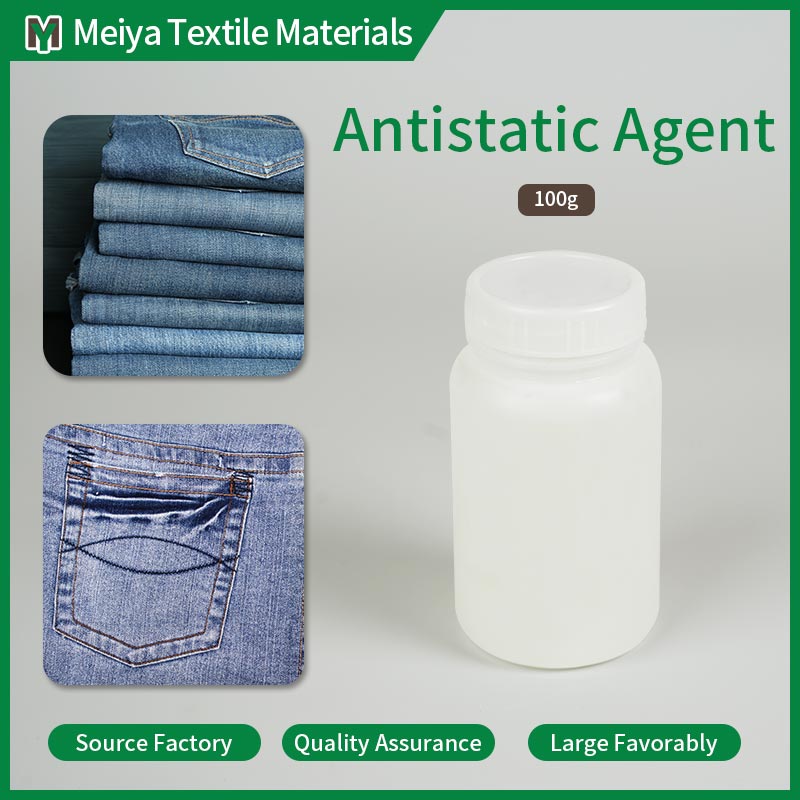Antistatic Agent
Please click the button below to contact us.
Introduction: Antistatic agents play a very important function for instance by effectively regulating static electricity, improving comfort and optimizing manufacturing processes across diverse textile applications in the textile industry. They are essential in maintaining fabric quality and user satisfaction as well as being available from China Textile Stain Penetrators Manufacturer.
Product Description
To mitigate static electricity in fabrics, Antistatic Agent is important in the textile industry. It helps avoid static buildup during production ,enhancing comfort and reducing issues like clinginess on clothes. Particularly for apparel and home textiles, this agent guarantees that the final product meets high quality standards. Antistatic agents play a very important function for instance by effectively regulating static electricity, improving comfort and optimizing manufacturing processes across diverse textile applications in the textile industry. They are essential in maintaining fabric quality and user satisfaction as well as being available from China Textile Stain Penetrators Manufacturer.
Antistatic Agent Features:
Antistatic Agent in the textile industry possesses key features crucial for managing static electricity. Here are detailed points:
1. Static Reduction:
Antistatic Agents effectively reduce and control the build-up of static electricity in textiles, preventing issues like static cling.
2. Enhanced Comfort:
By minimizing static charges, these agents contribute to improved comfort for wearers, ensuring a smoother and more enjoyable experience.
3. Improved Fabric Handling:
Fabrics treated with Antistatic Agents exhibit better handling characteristics, reducing the tendency for fabrics to stick together during manufacturing processes.
4. Prevention of Dust and Lint Attraction:
Antistatic properties assist in preventing the attraction of dust and lint to textiles, maintaining a cleaner and more aesthetically pleasing appearance.
5. Suitability for Various Fibers:
These agents are formulated to be compatible with a variety of fibers, including natural and synthetic materials, ensuring broad applicability in the textile industry.
6. Long-Lasting Effect:
Antistatic effects provided by these agents are often long-lasting, enduring through multiple wear and wash cycles for sustained performance.
7. Versatility in Application:
Antistatic Agents can be applied through various methods, including padding, spraying, or incorporation into finishing processes, offering flexibility in application.
8. Enhancement of Production Efficiency:
By reducing static-related issues, these agents contribute to enhanced efficiency in textile production, minimizing disruptions and optimizing manufacturing processes.
9. Compatibility with Other Finishes:
Antistatic Agents can be used in conjunction with other finishing treatments, allowing manufacturers to achieve multiple desired properties simultaneously.
10. Application in Diverse Textile Products:
Widely applied in the production of apparel, home textiles, and technical textiles, Antistatic Agents ensure the quality and functionality of a broad range of textile products.
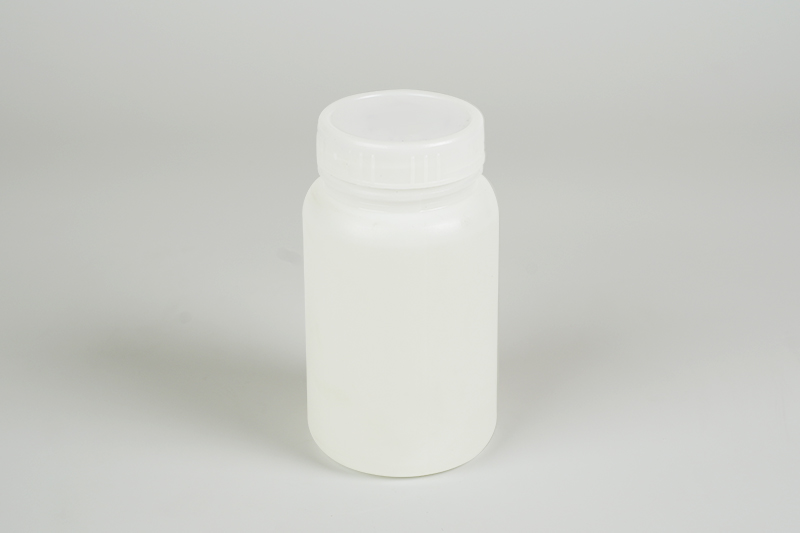
Antistatic Agent Application:
Antistatic Agents find diverse applications in the textile industry to address static electricity challenges across different scenarios:
1. Apparel Manufacturing:
Antistatic Agents are extensively used in the production of apparel, such as shirts, dresses, and outerwear, ensuring garments remain free from static cling and offer enhanced comfort for wearers.
2. Home Textiles:
In the manufacturing of home textiles like bed linens, curtains, and upholstery fabrics, Antistatic Agents are applied to prevent static-related issues, maintaining the cleanliness and appearance of these products.
3. Technical Textiles:
Technical textiles used in industrial applications, including automotive interiors, medical textiles, and electronic components, benefit from Antistatic Agents to mitigate static build-up, ensuring optimal performance.
4. Workwear and Uniforms:
Antistatic Agents are applied in the production of workwear and uniforms, particularly in industries where static electricity poses safety concerns. This ensures that clothing remains comfortable and safe for workers.
5. Carpet and Flooring Fabrics:
Antistatic treatments are common in the textile manufacturing of carpets and flooring materials to minimize static charges, preventing issues like electric shocks and dust attraction.
6. Cleanroom Textiles:
Industries requiring controlled environments, such as semiconductor manufacturing and pharmaceutical production, utilize Antistatic Agents in cleanroom textiles to prevent static interference with sensitive equipment.
7. Medical Textiles:
Antistatic treatments are applied to medical textiles, including gowns and drapes, to reduce the risk of static interference in healthcare environments and maintain a sterile atmosphere.
8. textile processing and Finishing:
Throughout various stages of textile processing and finishing, Antistatic Agents are employed to minimize static issues during weaving, knitting, dyeing, and other manufacturing processes.
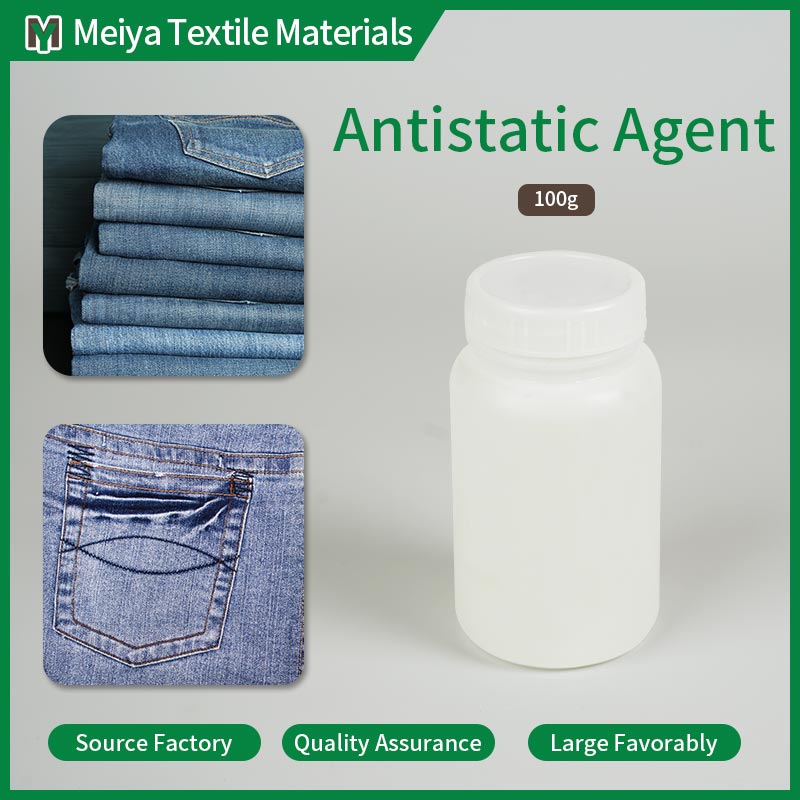
Antistatic Agent FAQs:
Why is static electricity a concern in textiles?
Static electricity in textiles can lead to issues like static cling, attracting dust, discomfort for wearers, and potential safety hazards in industrial settings.
How do Antistatic Agents work in textiles?
Antistatic Agents work by reducing the surface resistivity of textiles, allowing accumulated static charges to dissipate more easily, thus preventing the build-up of static electricity.
Can Antistatic Agents be applied to all types of fabrics?
Yes, Antistatic Agents are formulated to be compatible with a wide range of fabrics, including natural fibers like cotton, wool, and synthetic fibers such as polyester and nylon.
Are Antistatic Agents safe for the skin?
Yes, Antistatic Agents used in textiles are generally designed to be safe for skin contact, ensuring that garments treated with these agents are comfortable and non-irritating.
How long does the antistatic effect last?
The duration of the antistatic effect depends on factors like the specific agent used, fabric type, and environmental conditions. Generally, the effects are long-lasting through multiple wear and wash cycles.
Can Antistatic Agents be used in eco-friendly textiles?
Yes, there are eco-friendly formulations of Antistatic Agents available, aligning with the textile industry's shift towards sustainable and environmentally conscious practices.
Do Antistatic Agents affect the breathability of fabrics?
Antistatic Agents are designed to have minimal impact on the breathability of fabrics, ensuring that treated textiles remain comfortable for wearers.
Can Antistatic Agents be reapplied after washing?
In some cases, the antistatic properties may diminish after washing. Reapplication or choosing fabrics with long-lasting antistatic features can help maintain effectiveness.
Are Antistatic Agents suitable for technical textiles used in electronics?
Yes, Antistatic Agents are commonly used in technical textiles for electronics to prevent static-related damage to sensitive components and ensure optimal performance.
Can Antistatic Agents be used in conjunction with other textile finishes?
Yes, Antistatic Agents can be compatible with other finishes, allowing manufacturers to achieve multiple desired properties simultaneously, such as water repellency or flame resistance.

